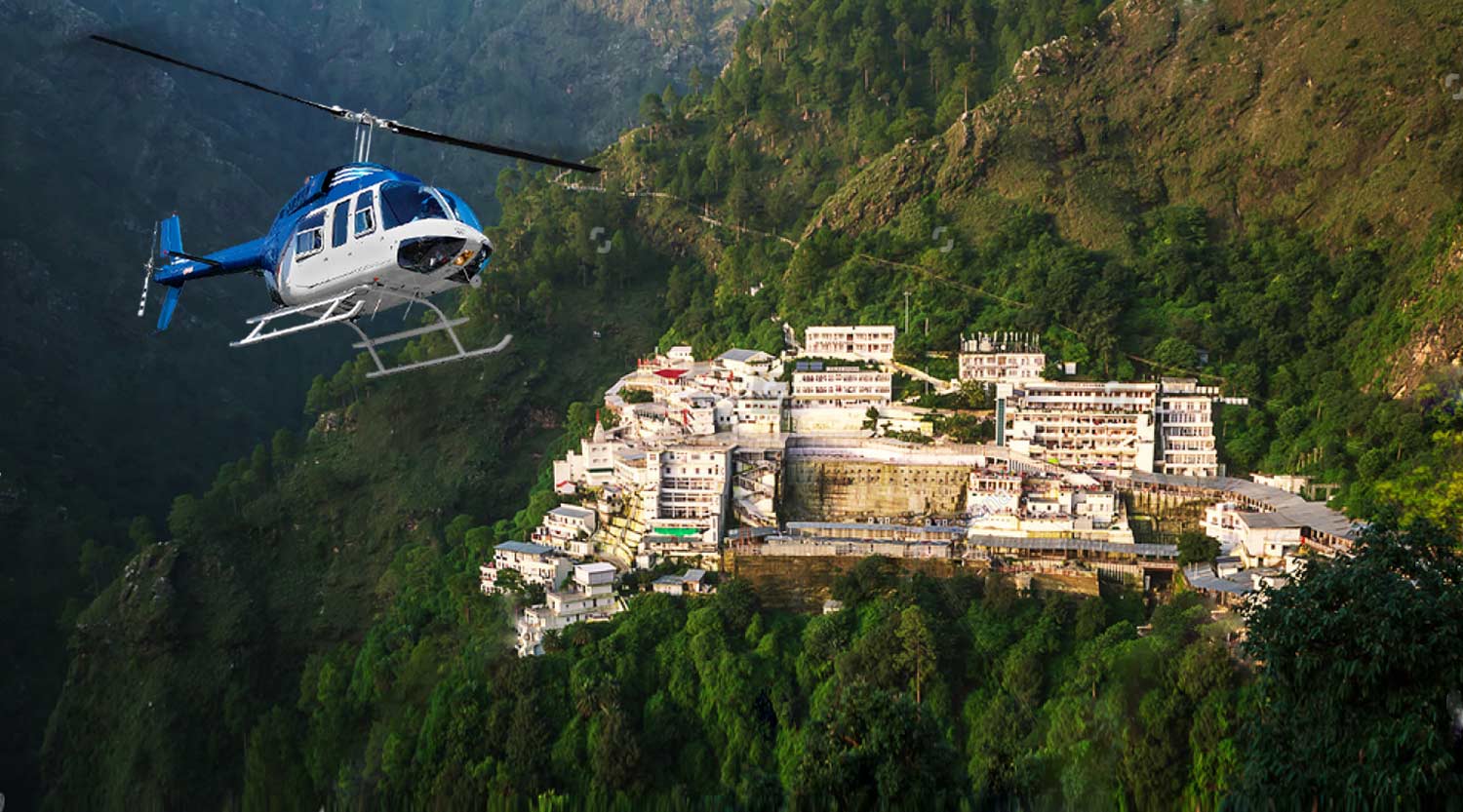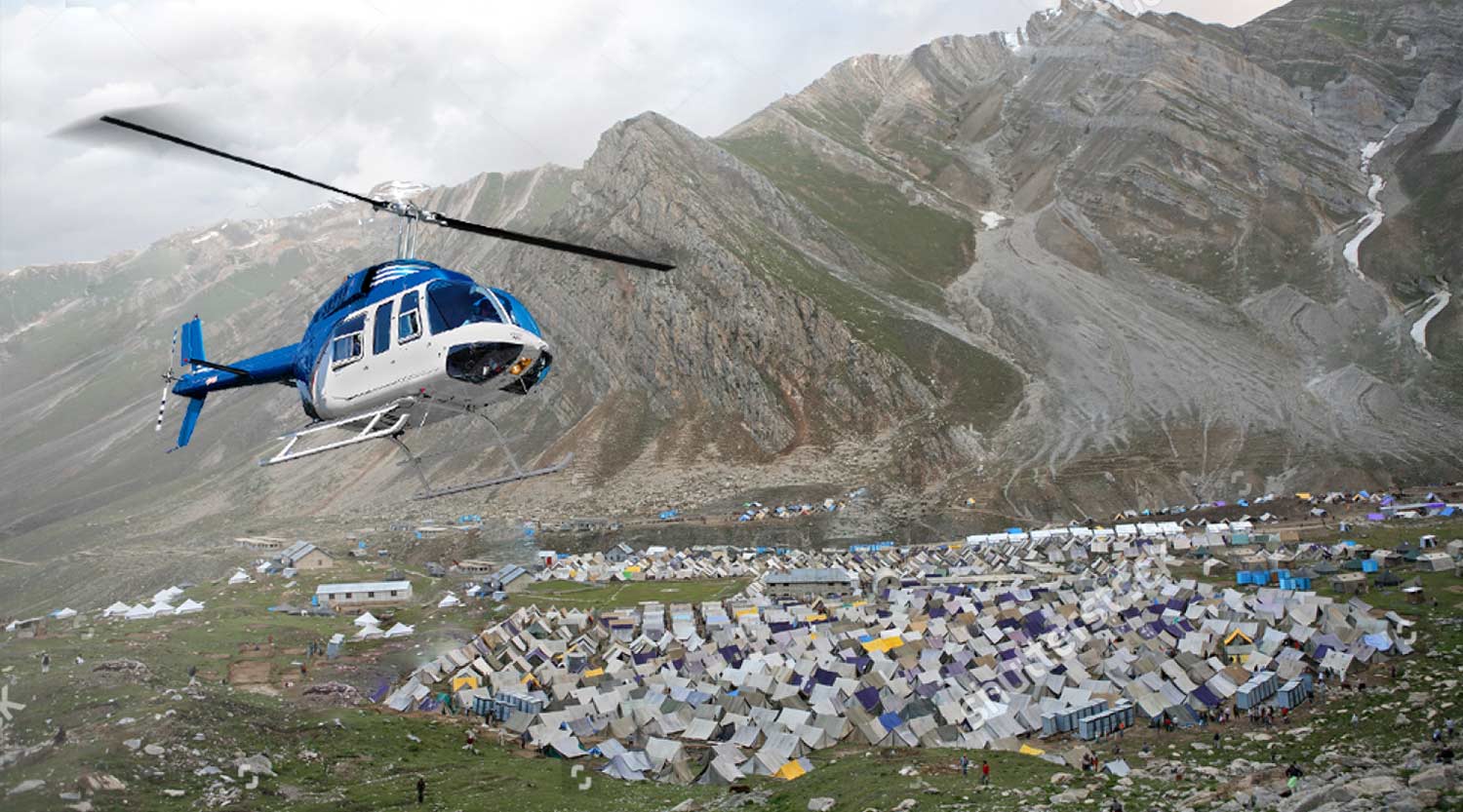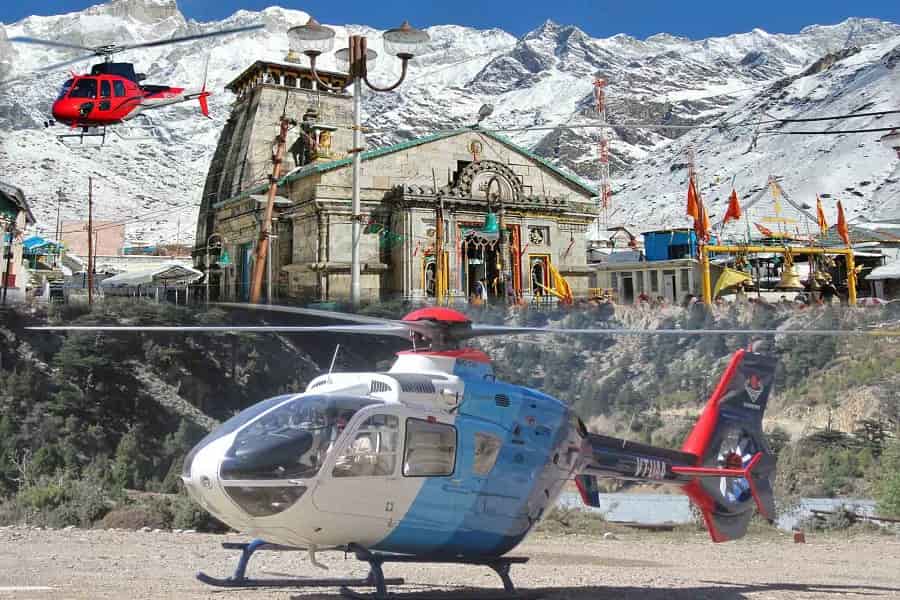The Char Dham Yatra, comprising pilgrimages to Yamunotri, Gangotri, Kedarnath, and Badrinath, is considered one of the most sacred journeys in Hinduism. This pilgrimage circuit in the Indian Himalayas holds profound spiritual significance that has drawn devotees for centuries. Let's explore the deeper meaning behind this sacred journey.
**Historical and Mythological Significance**
The concept of Char Dham was popularized by the 8th-century philosopher and reformer Adi Shankaracharya, who sought to revive Hinduism during a time when Buddhism was gaining prominence. He established four math (monasteries) in four different corners of India - Sringeri in the south, Dwarka in the west, Puri in the east, and Joshimath in the north. These became known as the original Char Dham.
The Uttarakhand Char Dham, which is more accessible and commonly referred to today, consists of four temples in the Garhwal Himalayas. Each of these sites has its own mythological significance:
1. **Yamunotri**: The source of the River Yamuna, it is dedicated to Goddess Yamuna. According to Hindu mythology, bathing in the waters of Yamuna frees one from the torments of death.
2. **Gangotri**: The origin of the River Ganges, it is associated with Goddess Ganga. The river is believed to have descended from heaven to earth when Lord Shiva caught it in his matted locks to break its fall.
3. **Kedarnath**: Dedicated to Lord Shiva, it is believed to be where Shiva took the form of a bull to escape the Pandavas. When they recognized him and tried to hold onto him, he dove into the ground, leaving his hump on the surface, which is worshipped in the temple.
4. **Badrinath**: Dedicated to Lord Vishnu, it is believed to be where Vishnu meditated under a badri (berry) tree. The temple is mentioned in ancient texts like the Skanda Purana.
**Spiritual Benefits of the Char Dham Yatra**
1. **Moksha (Liberation)**: The primary spiritual goal of the Char Dham Yatra is to attain moksha or liberation from the cycle of birth and death. It is believed that completing this pilgrimage cleanses one's sins and paves the way for salvation.
2. **Purification of the Soul**: The journey through the challenging Himalayan terrain is seen as a metaphor for life's struggles. Overcoming these physical challenges is believed to strengthen one's spiritual resolve and purify the soul.
3. **Connection with Divine Energy**: The temples are situated in locations with powerful natural energy. The pristine environment, away from worldly distractions, helps pilgrims connect more deeply with the divine.
4. **Fulfillment of Desires**: Many devotees undertake the yatra with specific wishes in mind, believing that the blessings of the deities will help fulfill these desires.
5. **Cultural and Historical Appreciation**: The yatra also offers insights into India's rich cultural and historical heritage, fostering a deeper appreciation for the country's spiritual traditions.
**The Journey as a Spiritual Practice**
The Char Dham Yatra is not merely about visiting four temples; it's a comprehensive spiritual practice that involves:
1. **Physical Endurance**: The challenging terrain and high altitudes require physical strength and endurance, symbolizing the determination needed on the spiritual path.
2. **Mental Discipline**: The journey demands patience, adaptability, and mental fortitude, especially when facing unpredictable weather and basic living conditions.
3. **Emotional Purification**: Away from daily comforts and routines, pilgrims often experience emotional catharsis, letting go of attachments and negative emotions.
4. **Spiritual Awakening**: The serene environment, ancient rituals, and the collective devotional energy create conditions conducive to spiritual insights and awakening.
**Modern Relevance**
In today's fast-paced world, the Char Dham Yatra offers a rare opportunity to disconnect from technology and material pursuits and reconnect with nature and one's inner self. The journey reminds us of the transient nature of physical comforts and the enduring value of spiritual wealth.
Moreover, the yatra fosters a sense of community as pilgrims from diverse backgrounds come together with a common purpose, sharing experiences and supporting each other through challenges.
**Conclusion**
The Char Dham Yatra is much more than a religious tour; it's a transformative spiritual journey that touches every aspect of a pilgrim's being - physical, mental, emotional, and spiritual. Whether undertaken for religious devotion, spiritual growth, or cultural exploration, this sacred pilgrimage offers profound experiences that can reshape one's perspective on life and spirituality.
As you plan your own Char Dham Yatra, remember that the true essence of the pilgrimage lies not just in reaching the destinations but in embracing the journey itself with an open heart and mind.



